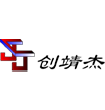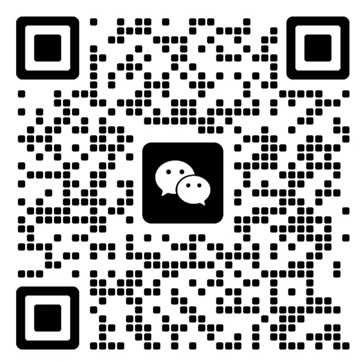Robot vision is one of the innovations in robotics and automation technology. Essentially, robot vision is an advanced technology that can help robots (usually automated robots) better recognize things, navigate, find objects, inspect and process parts or drill bits before executing applications.
Robot vision typically uses a series of carefully calibrated algorithms, calibration, and even temperature detection sensors, whose complexity and application range are constantly changing. Just as technology is becoming increasingly mature, robot vision is also constantly improving and developing towards a smoother direction.
This innovative and simple technology can reduce operational costs and create simple solutions for all types of automation or robotics needs. Robots working side by side will not collide with each other after installing robot vision technology. Due to the fact that robots will be able to "see" any worker on the road, it also improves the safety of human workers.
Robots equipped with robot vision can perform a series of different tasks:
measure
Reading barcodes and scanners
Engine parts inspection
Packaging inspection
Wood quality inspection
Surface inspection
Guide and inspect the direction of components
Check for defects
The process of automating the visit is divided into two simple steps:
Imaging: Robots use their visual technology to scan or "observe". It can scan two-dimensional objects such as line scanning and barcode scanning, as well as 3D imaging and X-ray imaging for inspection purposes.
Image processing: After detecting an object or image, the robot will process it or "think about it". For example, it searches and detects edges, detects obstacles, counts pixels, discovers and manipulates objects based on their programming, recognizes patterns, and processes images based on their programming.
Based on this process and the algorithms used to control robot actions, a certain part can be assembled, which can detect default information in the product, scan and recognize the product, and so on. Robot vision technology can be practically applied to a range of industries that you can imagine, including automotive, industrial, manufacturing, food and product packaging, and component assembly.
Chuangjingjie Automation Equipment has the following functions: integrating robot vision technology, modifying old robots with updated control systems, providing innovative solutions and management concepts for all aspects of your automation and robotics technology.
Robot vision typically uses a series of carefully calibrated algorithms, calibration, and even temperature detection sensors, whose complexity and application range are constantly changing. Just as technology is becoming increasingly mature, robot vision is also constantly improving and developing towards a smoother direction.
This innovative and simple technology can reduce operational costs and create simple solutions for all types of automation or robotics needs. Robots working side by side will not collide with each other after installing robot vision technology. Due to the fact that robots will be able to "see" any worker on the road, it also improves the safety of human workers.
Robots equipped with robot vision can perform a series of different tasks:
measure
Reading barcodes and scanners
Engine parts inspection
Packaging inspection
Wood quality inspection
Surface inspection
Guide and inspect the direction of components
Check for defects
The process of automating the visit is divided into two simple steps:
Imaging: Robots use their visual technology to scan or "observe". It can scan two-dimensional objects such as line scanning and barcode scanning, as well as 3D imaging and X-ray imaging for inspection purposes.
Image processing: After detecting an object or image, the robot will process it or "think about it". For example, it searches and detects edges, detects obstacles, counts pixels, discovers and manipulates objects based on their programming, recognizes patterns, and processes images based on their programming.
Based on this process and the algorithms used to control robot actions, a certain part can be assembled, which can detect default information in the product, scan and recognize the product, and so on. Robot vision technology can be practically applied to a range of industries that you can imagine, including automotive, industrial, manufacturing, food and product packaging, and component assembly.
Chuangjingjie Automation Equipment has the following functions: integrating robot vision technology, modifying old robots with updated control systems, providing innovative solutions and management concepts for all aspects of your automation and robotics technology.


